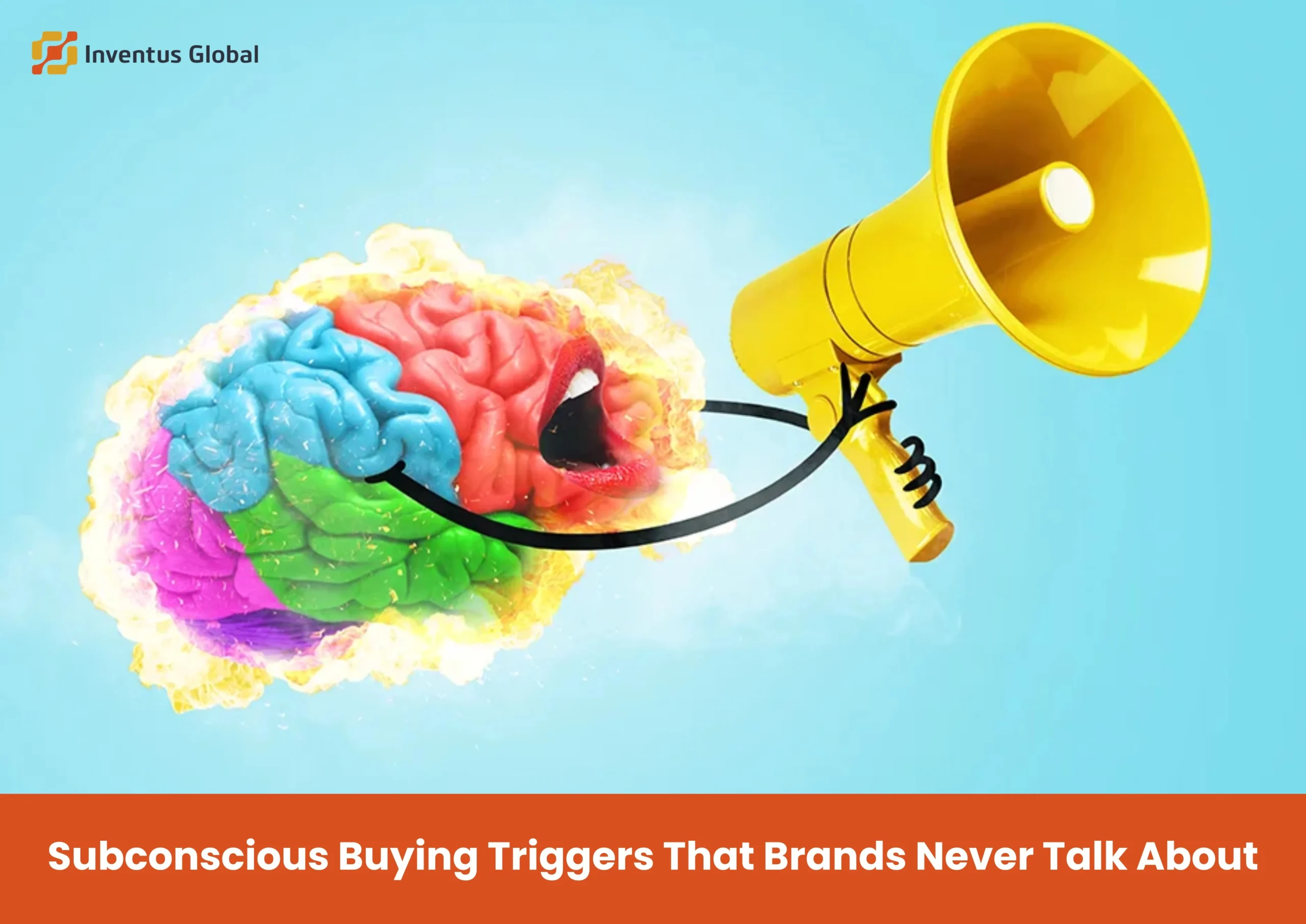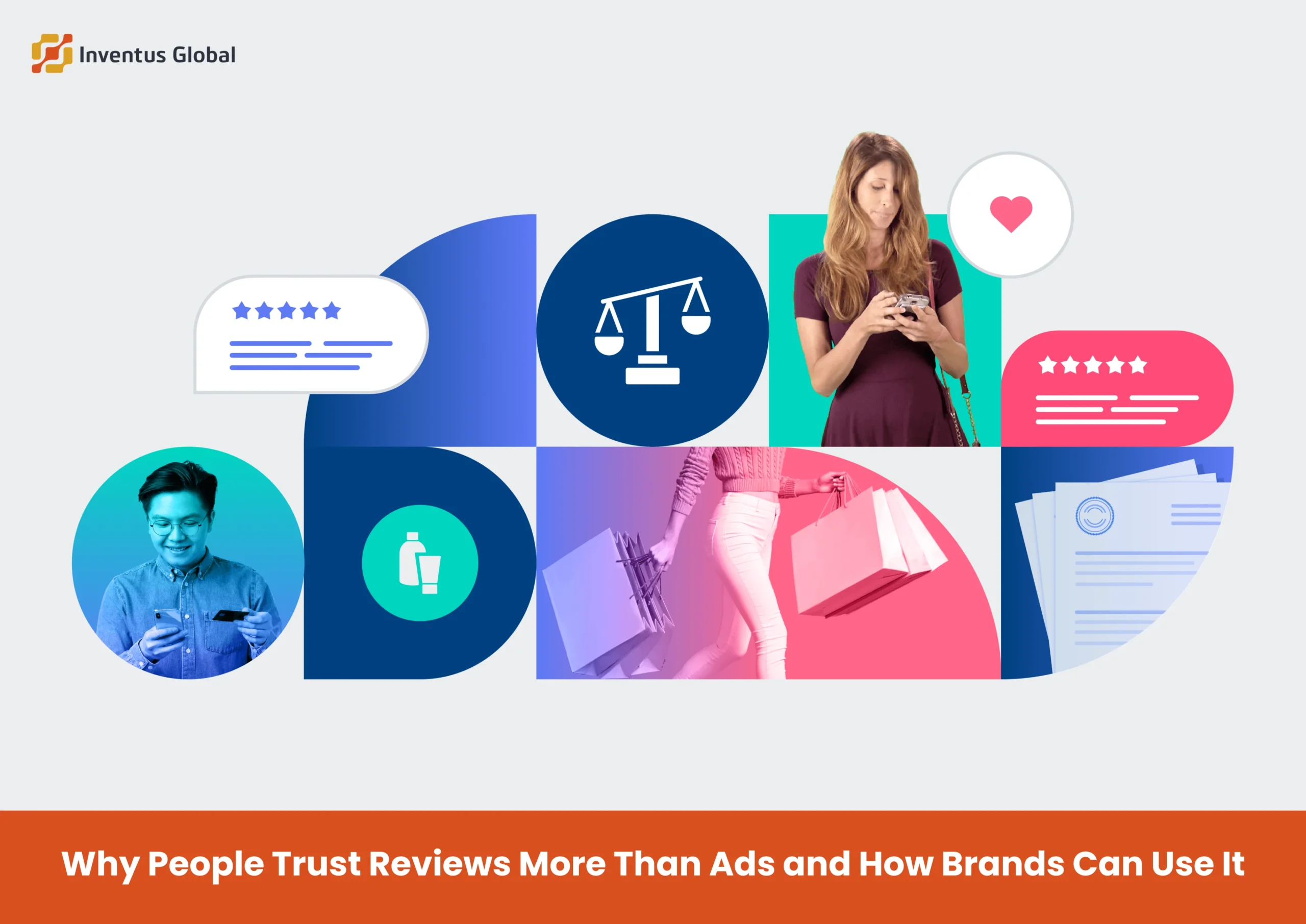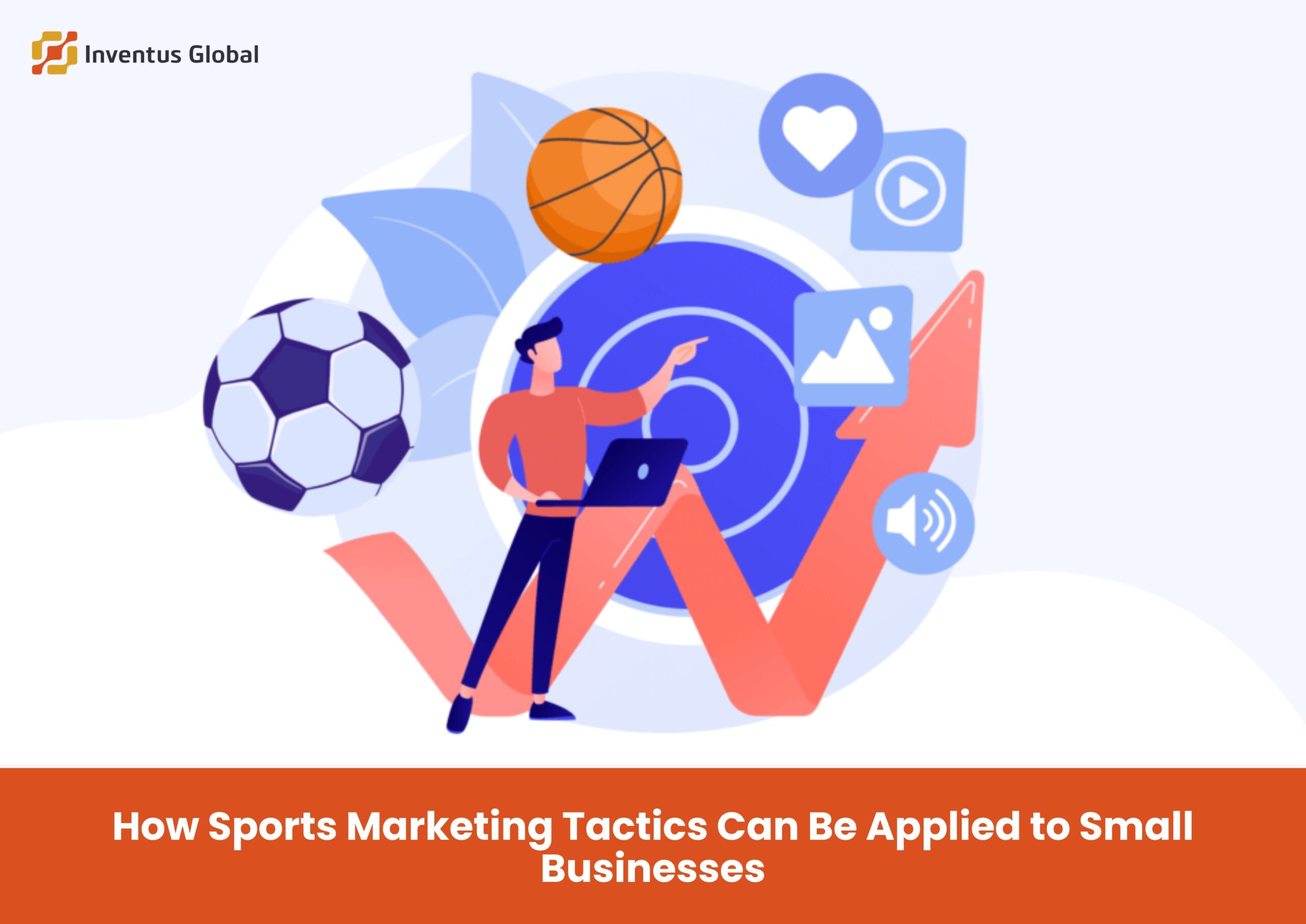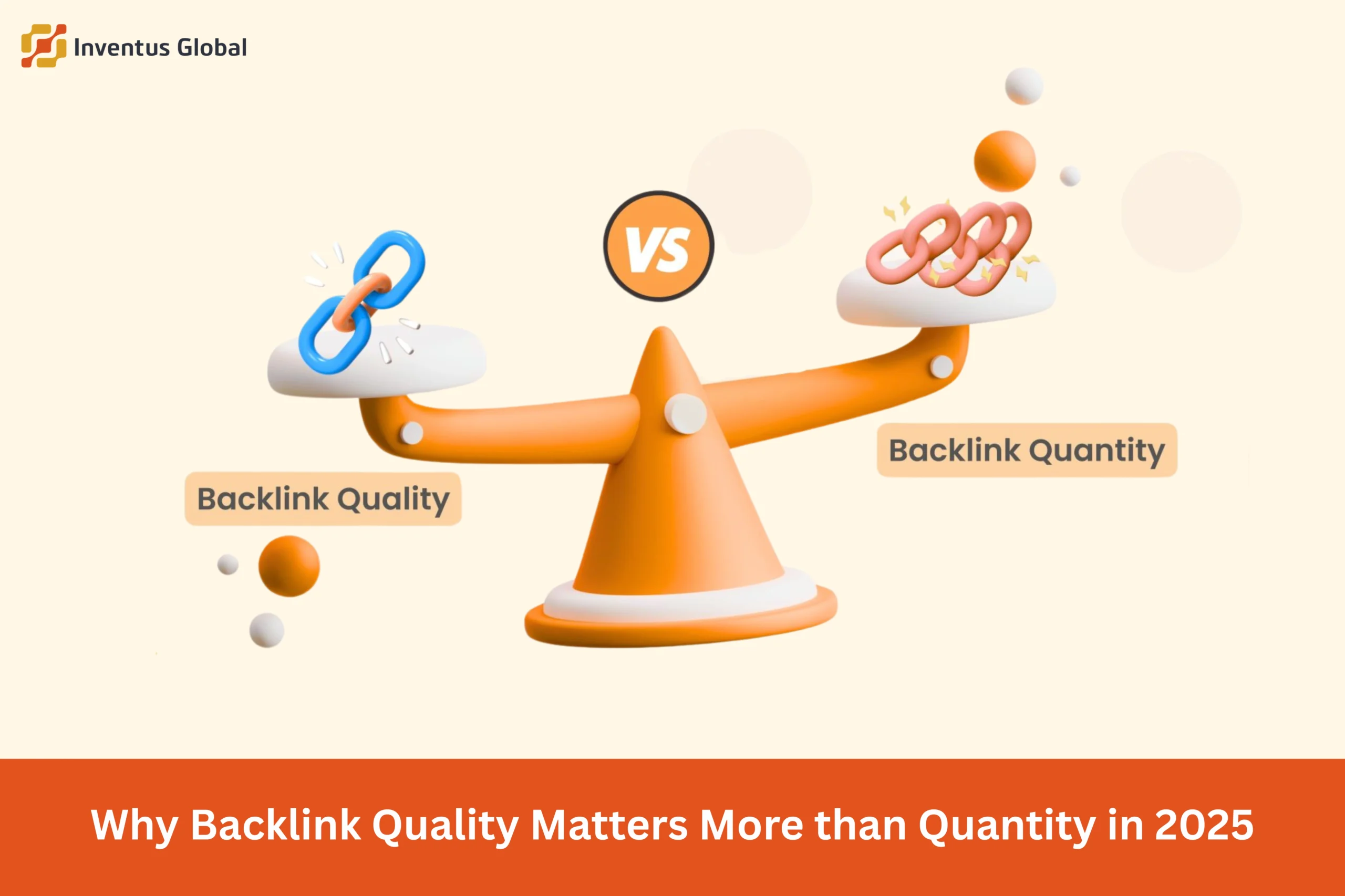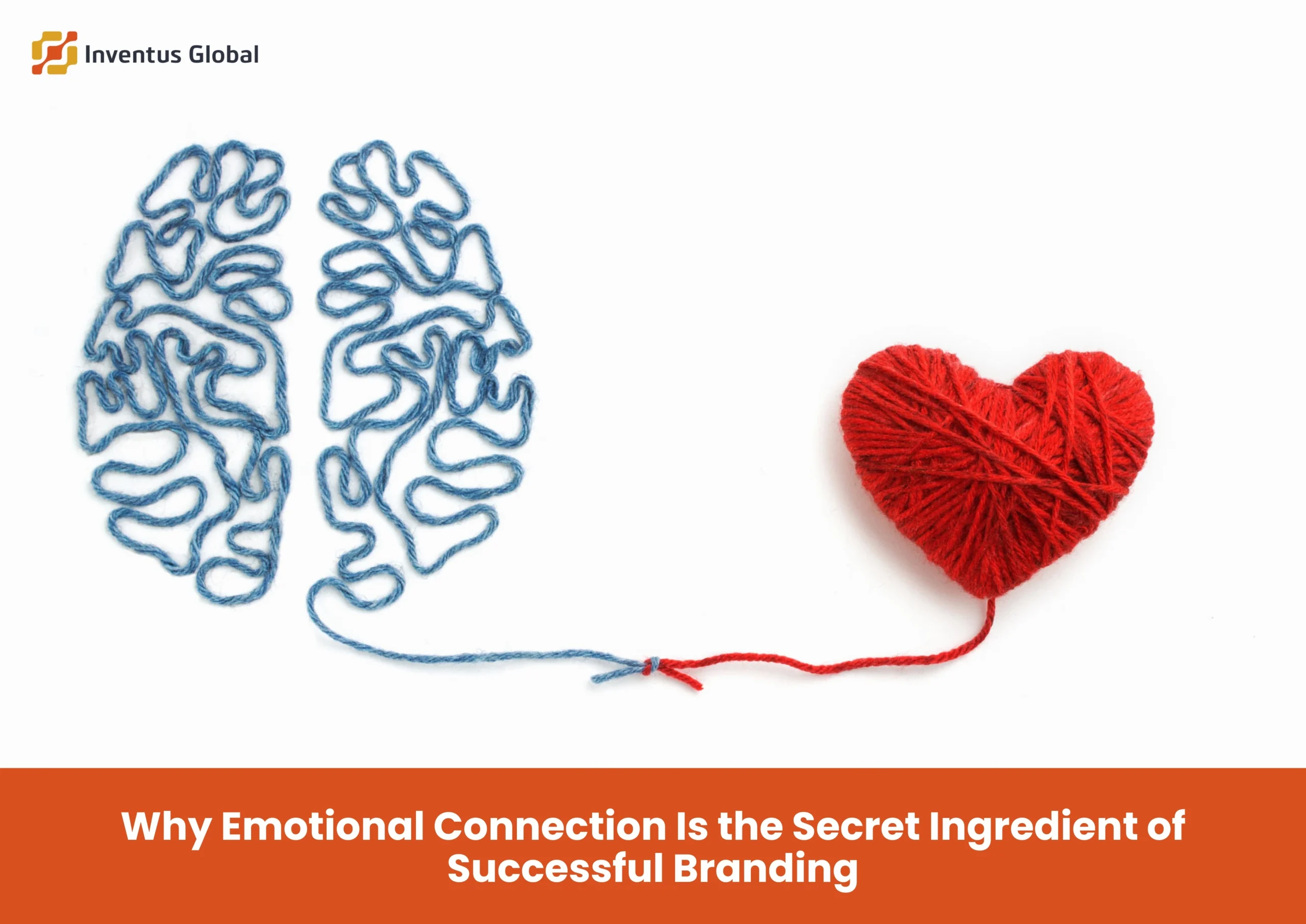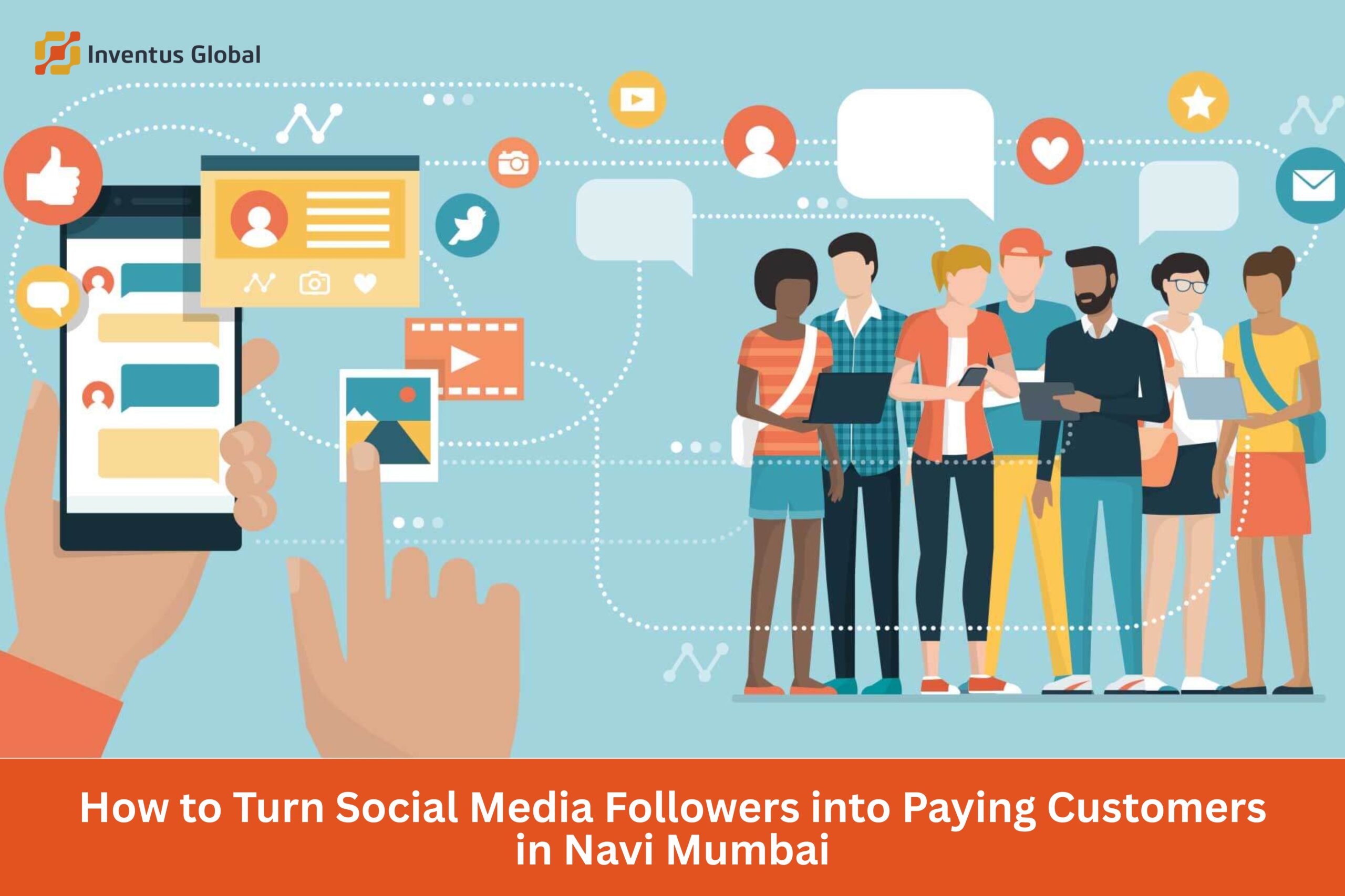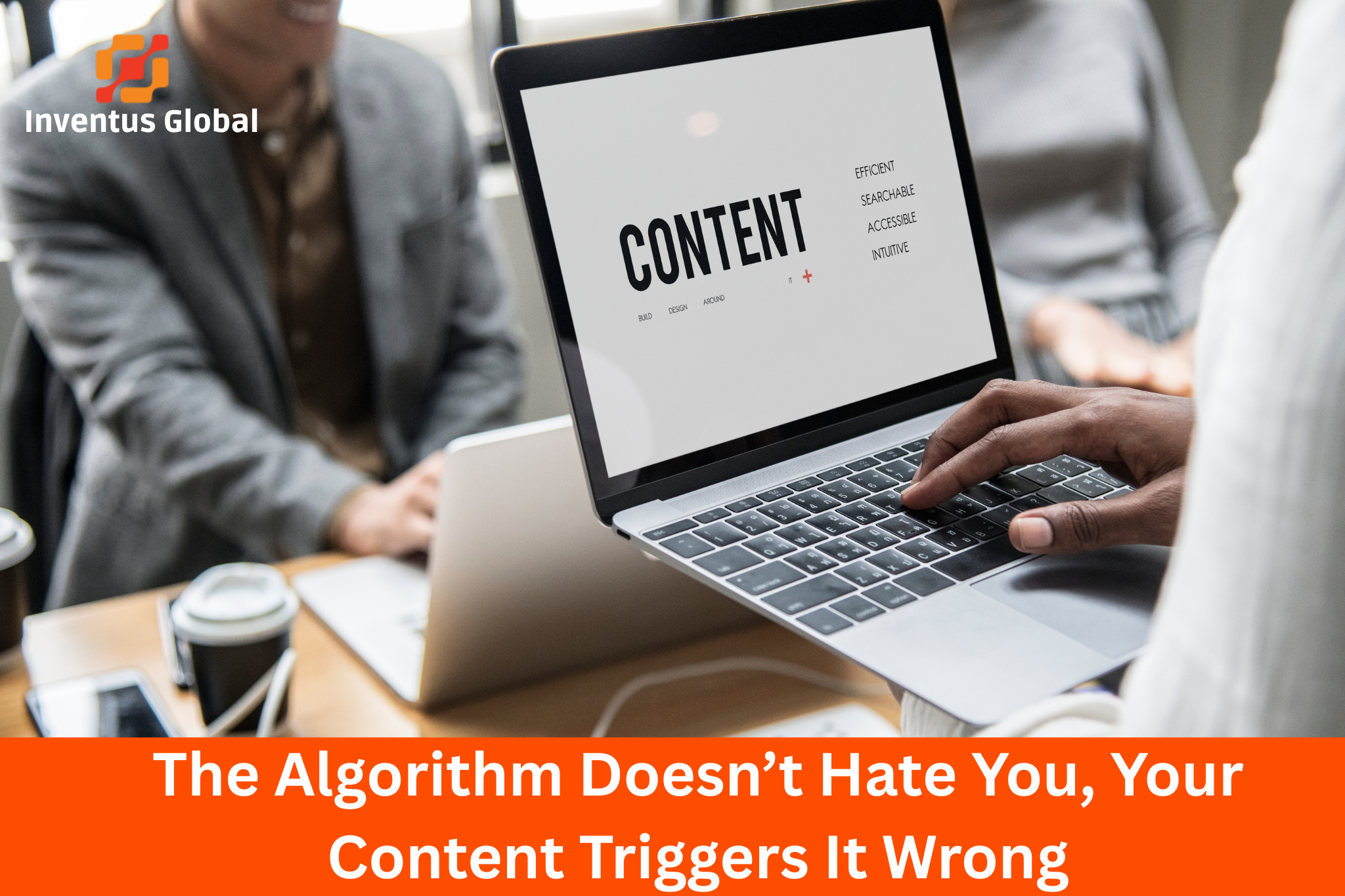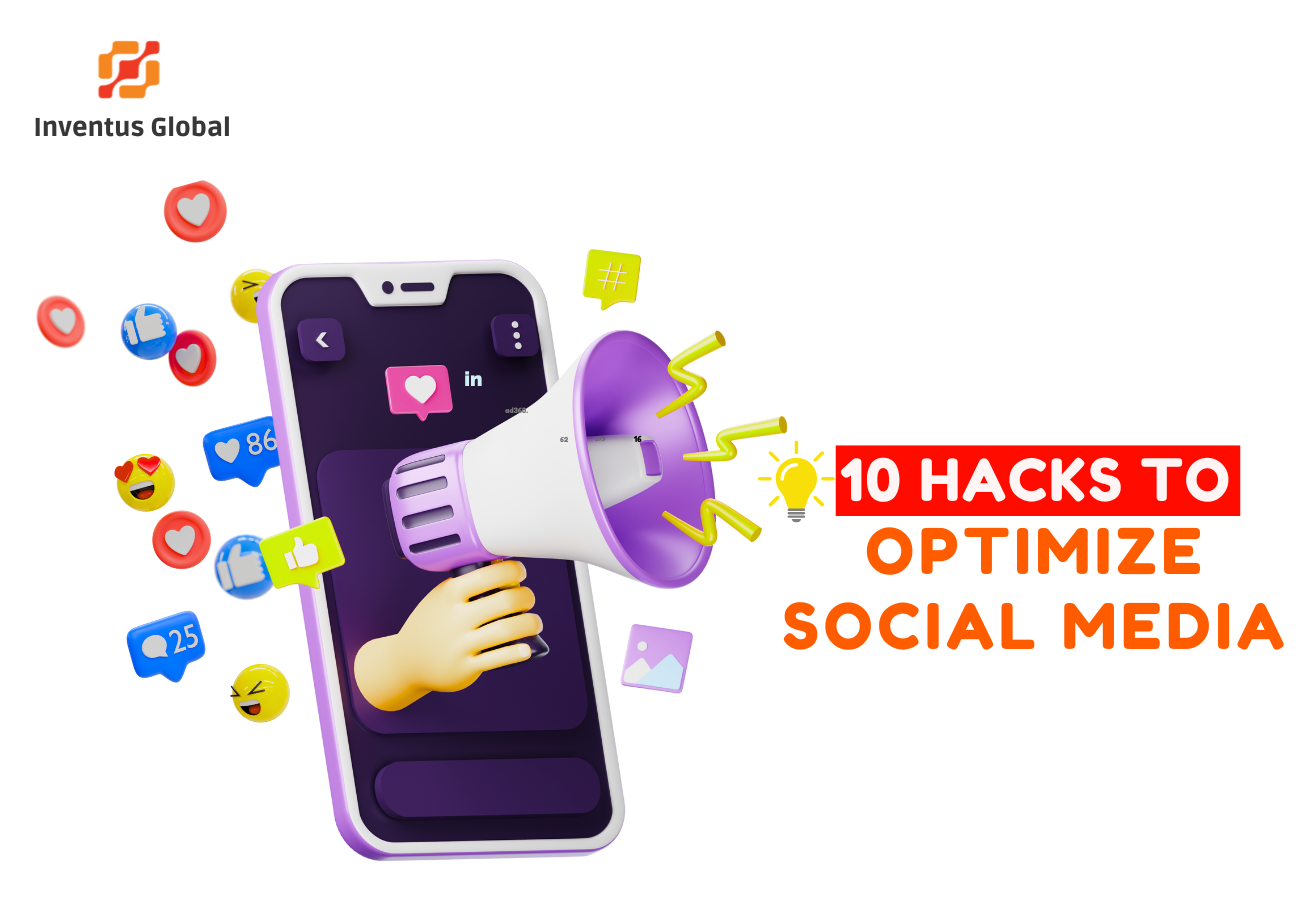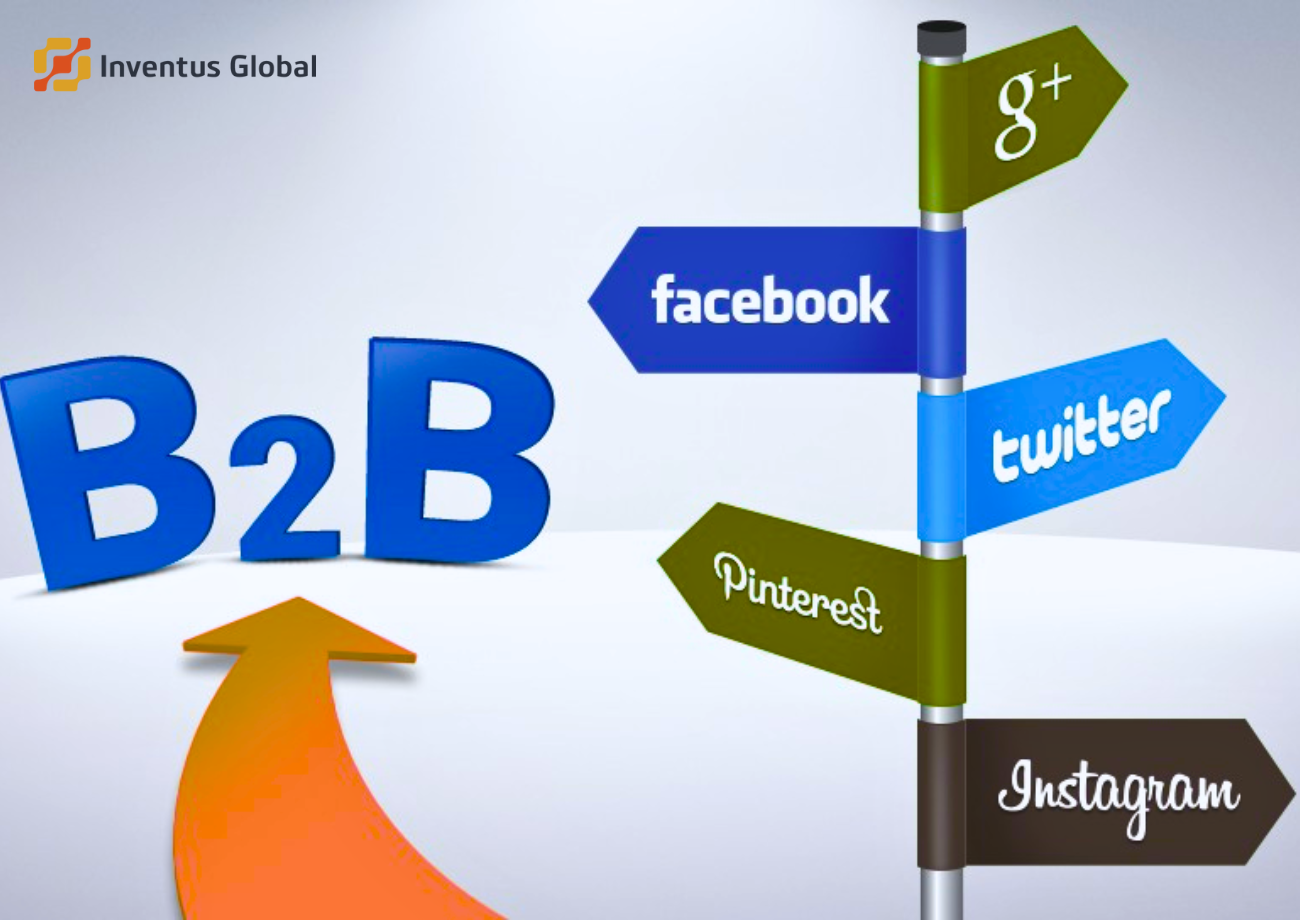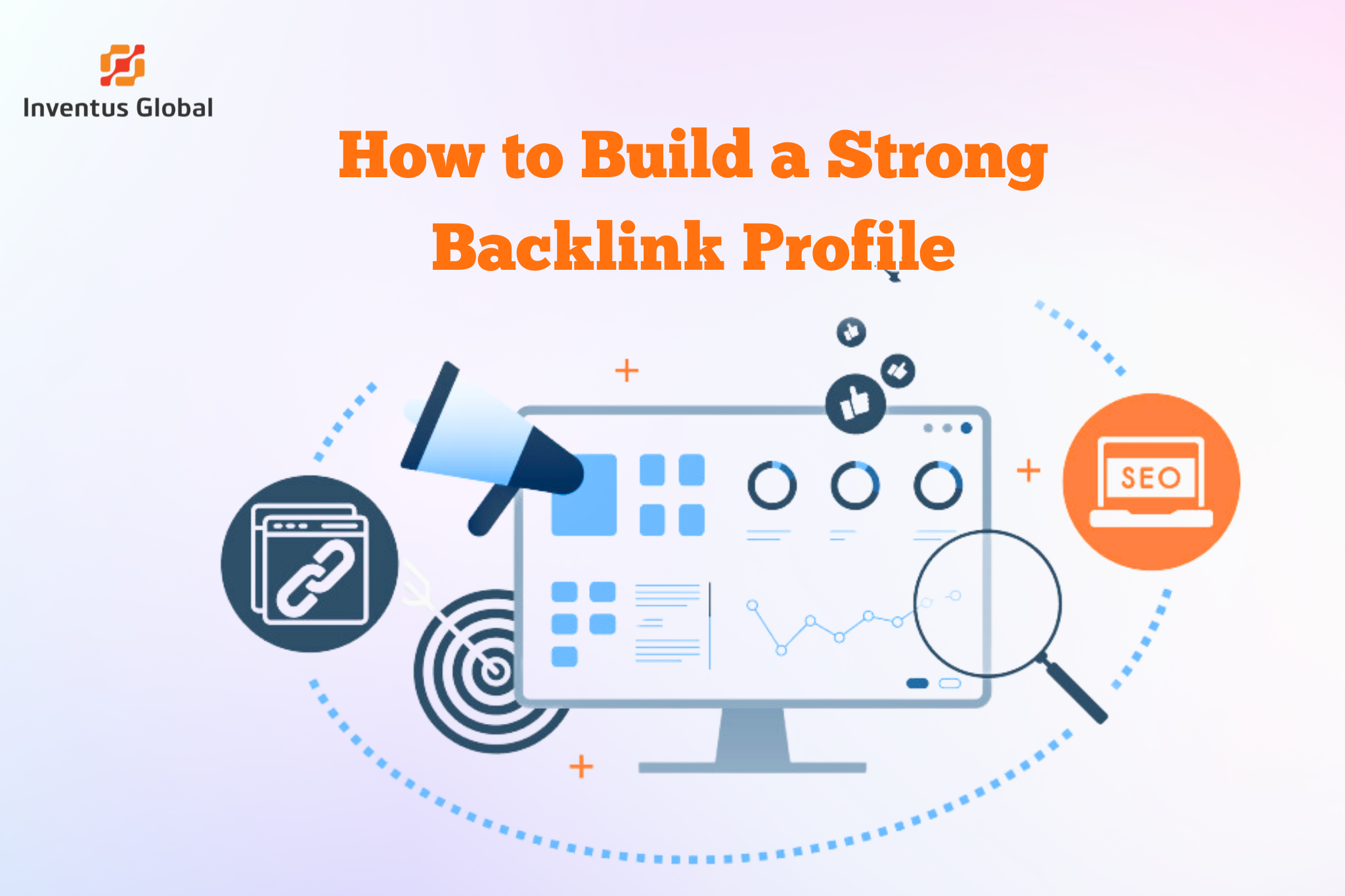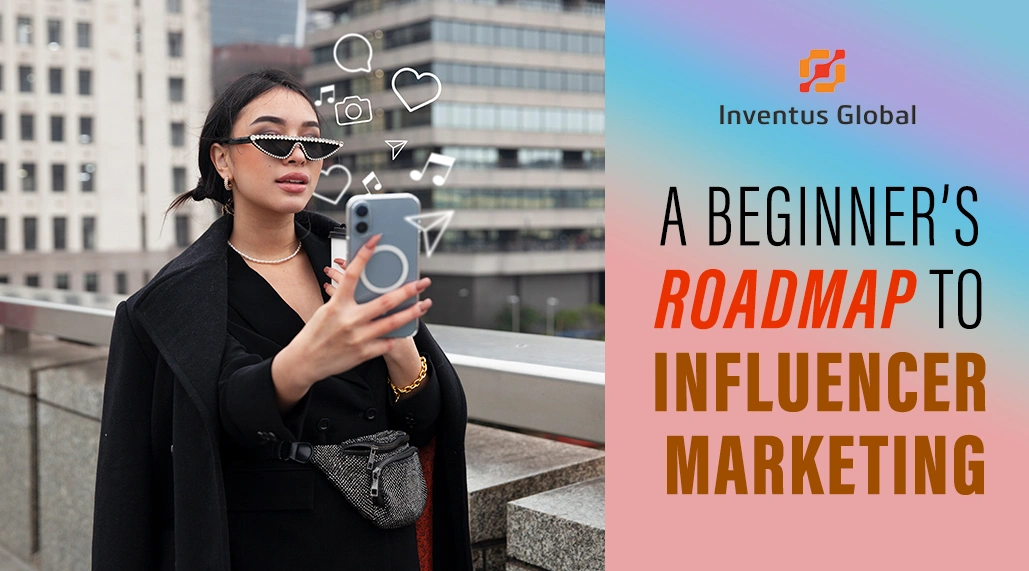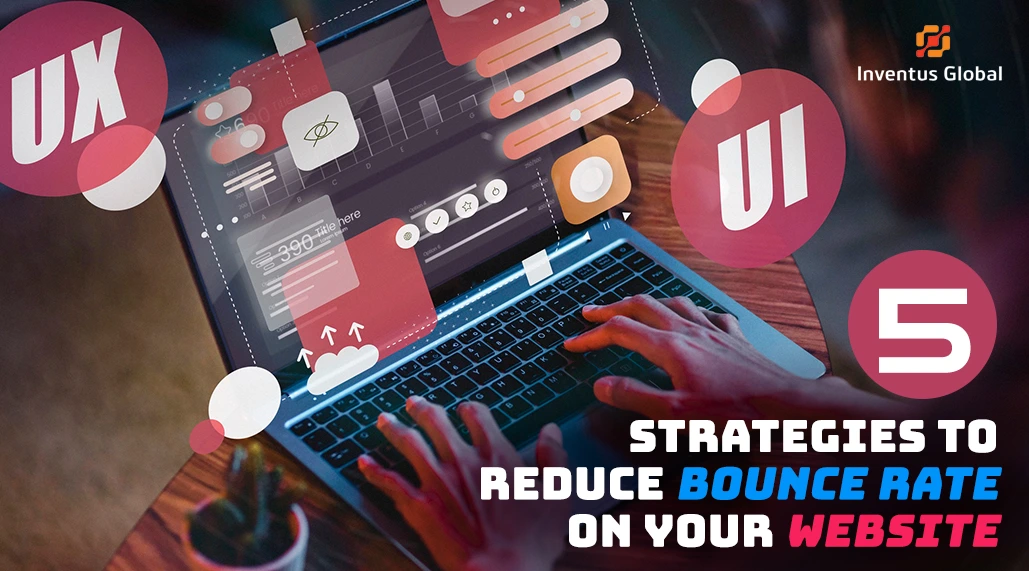Table of Contents
In today’s hyper-competitive market, understanding the mind of your customer is no longer optional. Buying Triggers That Brands Never Talk About are subtle cues and psychological signals that influence consumer decisions without them even realizing it. Companies that master these triggers can increase conversions, create loyal audiences, and craft marketing campaigns that truly resonate. Inventus Global helps businesses decode these hidden elements, applying them strategically to drive measurable results.
Consumers are not purely rational beings; their choices are guided by deep-rooted emotions and subconscious patterns. By leveraging consumer psychology in marketing, brands can design messages that speak directly to the desires, fears, and aspirations of their audience. Understanding these nuances allows companies to position products and services in ways that feel personal and compelling, even when the customer isn’t consciously aware of it.
Moreover, emotional triggers in branding play a crucial role in forming lasting connections. A brand that evokes trust, excitement, or nostalgia can create strong recall and loyalty. At Inventus Global, we integrate these psychological insights into marketing strategies, ensuring every touchpoint reinforces the brand’s influence and gently nudges consumers towards desired actions.
1. The Power of Emotional Triggers
Human decisions are rarely based solely on logic. Psychological marketing strategies often rely on emotional triggers in branding to prompt action. Colors, imagery, music, and tone all shape a consumer’s perception and mood. For example, warm colors can evoke excitement or urgency, while cool tones inspire trust and calmness.
By understanding and integrating subconscious buying triggers, brands can subtly guide purchasing behavior. For instance, highlighting scarcity or exclusivity triggers the fear of missing out (FOMO), pushing consumers toward faster decision-making. Similarly, using storytelling evokes empathy, making the brand experience more memorable.
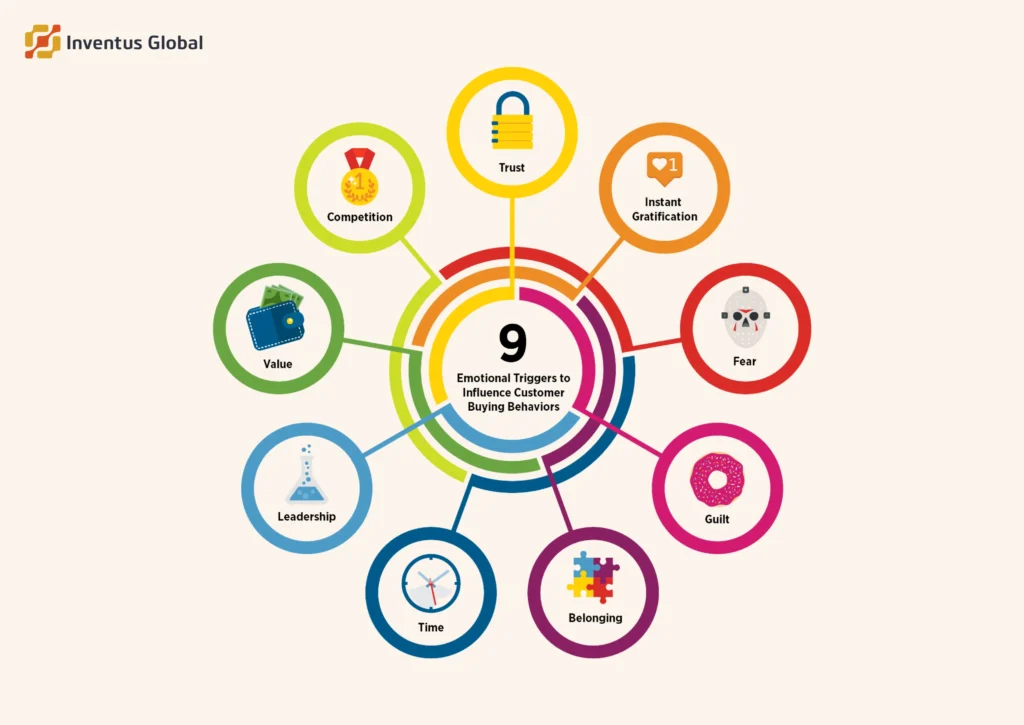
2. Anchoring and Pricing Psychology
Pricing is more than just numbers; it’s a powerful psychological tool. The concept of anchoring, where the first price seen sets a reference point, taps directly into hidden persuasion tactics in sales. Consumers compare all subsequent offers against that anchor, often perceiving value differently than intended.
Coupling this with neuromarketing for brands techniques—like emphasizing savings or limited-time offers – enhances the impact of these pricing cues. Brands can also leverage “tiered pricing” to nudge consumers toward preferred products, subtly influencing their choices without overt pressure.
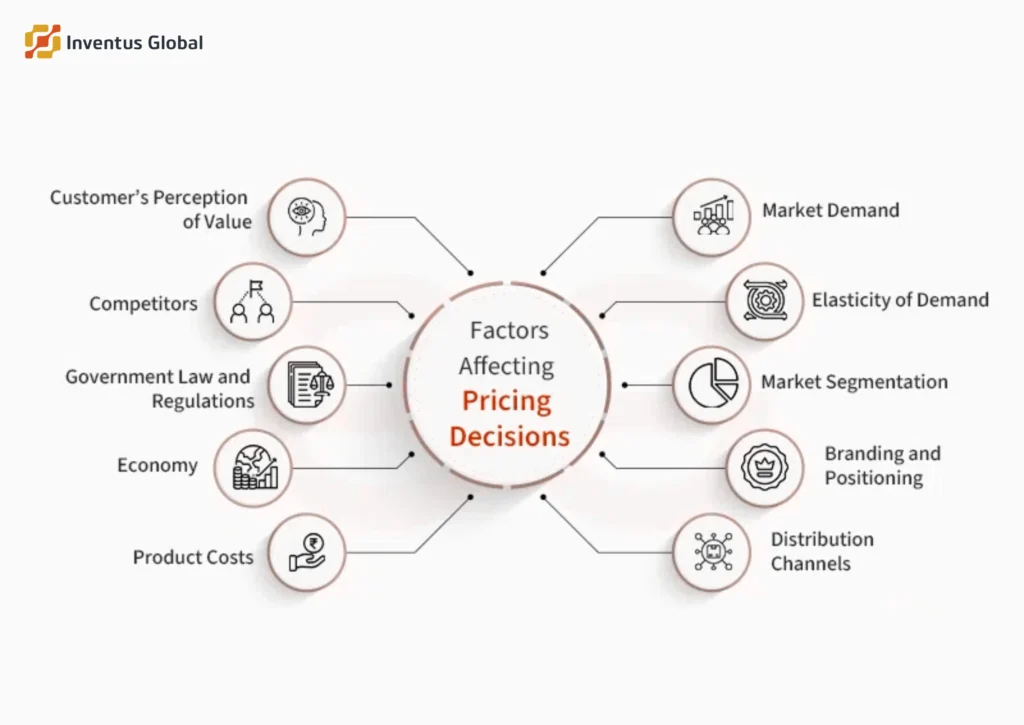
3. Social Proof and Peer Influence
Humans are inherently social beings, and brand influence on buying decisions is significantly affected by social validation. Reviews, testimonials, and user-generated content function as subconscious buying triggers, making products appear trustworthy and desirable. Seeing others endorse a product reduces perceived risk and increases confidence.
Consumer psychology in marketing demonstrates that showcasing popularity or endorsements taps into our desire to conform to social norms. Whether it’s “most popular choice” tags or influencer partnerships, this subtle reinforcement can dramatically boost conversions.

4. The Role of Reciprocity
People naturally feel compelled to return favors or gestures. This principle, rooted in psychological marketing strategies, can be leveraged through free trials, complimentary gifts, or exclusive content. When brands offer value upfront, consumers feel a subconscious urge to reciprocate – often by making a purchase or engaging further.
By integrating subconscious buying triggers like reciprocity into campaigns, businesses can create positive associations and stronger emotional bonds. Inventus Global advises brands on ethically implementing these strategies to enhance loyalty and engagement without appearing manipulative.

5. Scarcity and Urgency
Limited availability or time-sensitive offers are among the most potent hidden persuasion tactics in sales. Scarcity triggers a fear response in consumers, making them act faster to avoid missing out. Similarly, countdown timers, flash sales, or limited-edition releases exploit these subconscious buying triggers, boosting conversion rates.
Brands can combine this with neuromarketing for brands by using visual cues, like badges or alert notifications, that subtly signal urgency without feeling aggressive. The key is to make consumers feel informed and empowered rather than pressured.

6. Storytelling and Narrative Engagement
Stories connect with our brains on multiple levels, activating emotional and cognitive responses. Emotional triggers in branding embedded within narratives make products memorable and meaningful. When consumers relate to a story, they internalize the brand message on a subconscious level.
Implementing psychological marketing strategies through storytelling allows brands to influence brand influence on buying decisions naturally. From social campaigns to packaging copy, weaving narratives encourages engagement and deepens loyalty.
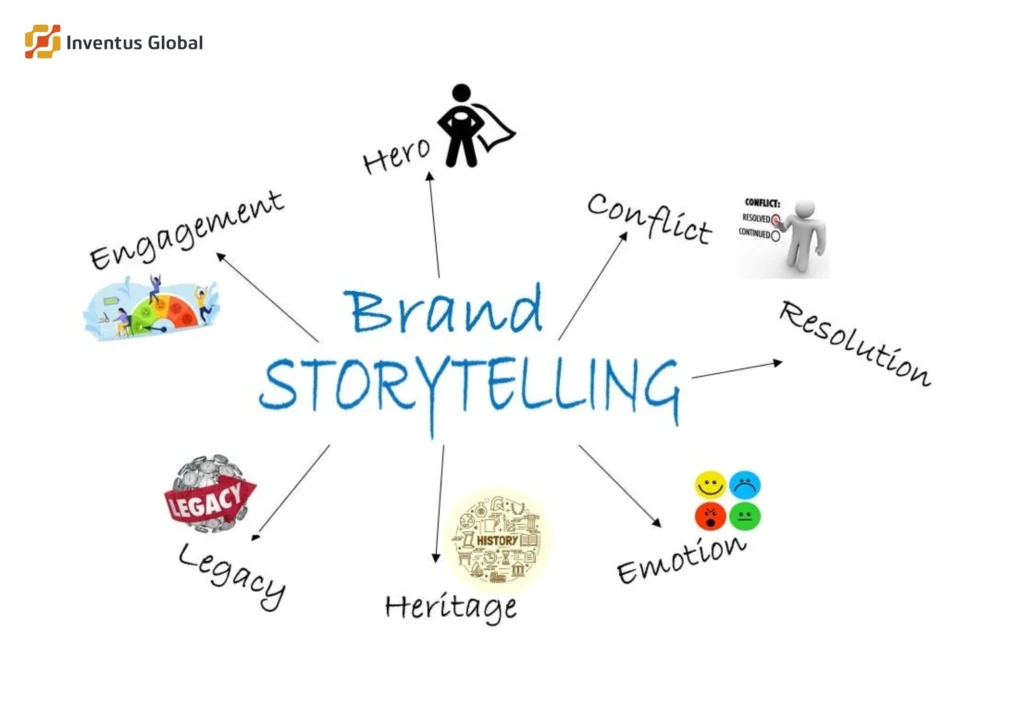
7. Sensory and Multichannel Influence
Neuromarketing research highlights how multisensory experiences influence perception. Sight, sound, touch, and even smell can trigger subconscious buying triggers. Brands that integrate sensory cues across multiple channels create cohesive and compelling experiences.
For example, consistent visuals, sound effects, and tactile packaging enhance consumer psychology in marketing, reinforcing recognition and trust. When executed well, these subtle cues can guide brand influence on buying decisions without overtly selling.
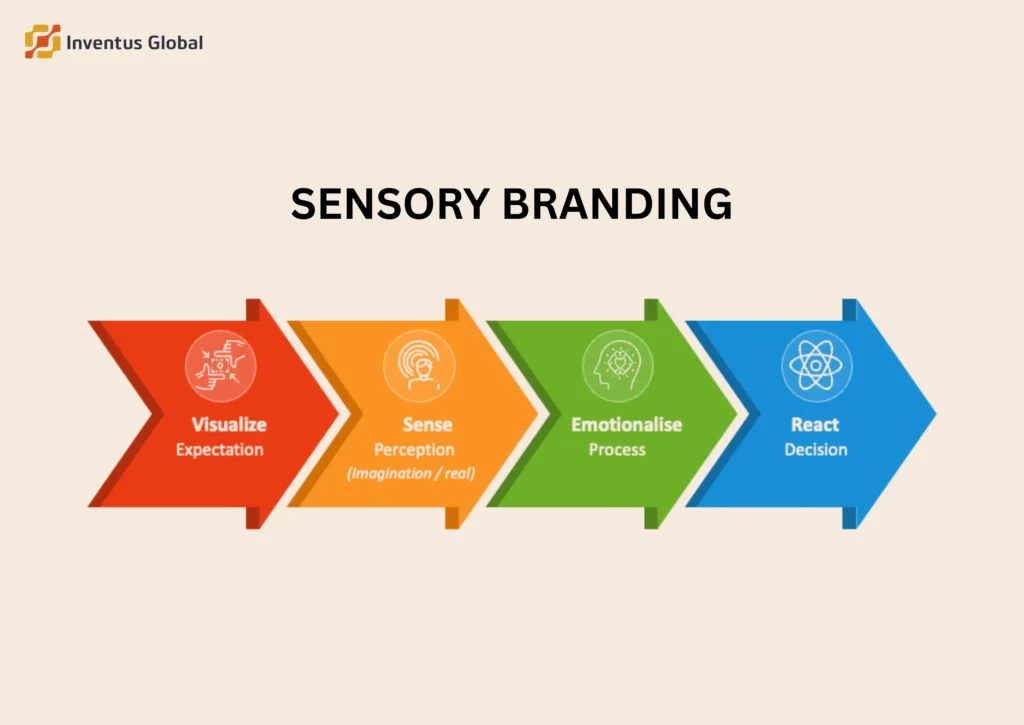
8. Fear and Loss Aversion
Humans are wired to avoid loss more strongly than they pursue gain. Using hidden persuasion tactics in sales, marketers can frame choices to highlight potential losses if inaction occurs. Limited memberships, expiring offers, or subscription renewals capitalize on this natural bias.
Integrating this with neuromarketing for brands research ensures messaging remains ethical while maximizing influence. By framing choices around what consumers might miss rather than what they gain, brands subtly guide decisions.
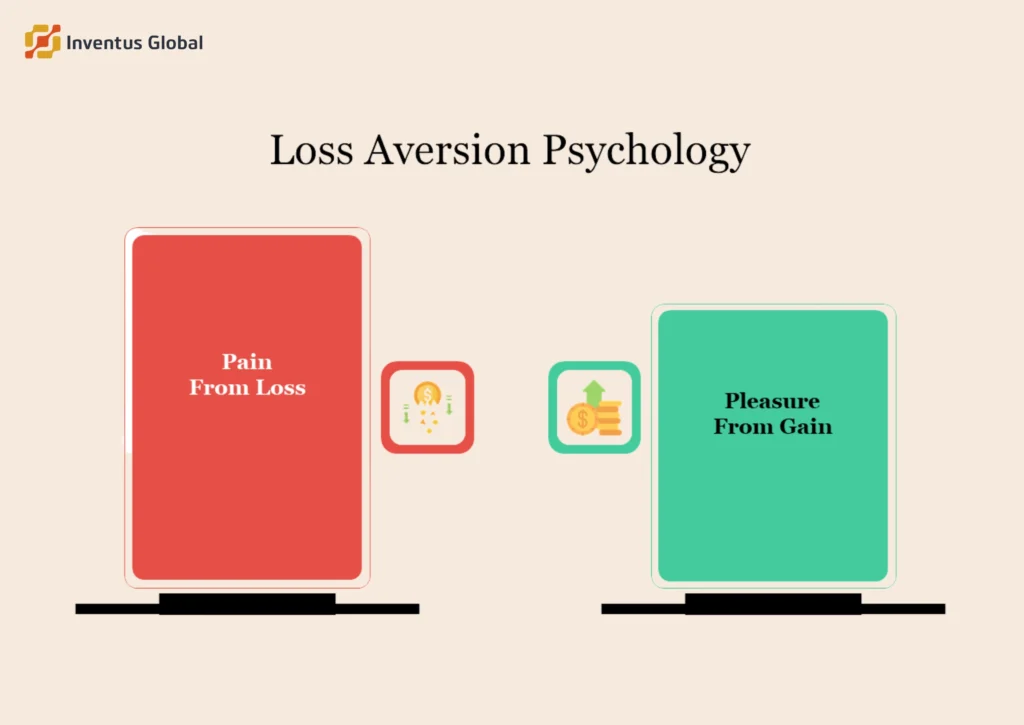
Conclusion
Buying Triggers That Brands Never Talk About are everywhere – from emotional resonance and social proof to scarcity and storytelling. Leveraging these subconscious buying triggers, consumer psychology in marketing, and psychological marketing strategies helps brands connect with audiences on a deeper level, creating loyalty and higher conversion rates.
Companies like Inventus Global specialize in uncovering these hidden levers, ensuring ethical and effective implementation across campaigns. Understanding the human mind is no longer optional; it’s the competitive edge every brand needs in 2025 and beyond.
By combining neuromarketing for brands, emotional triggers in branding, and hidden persuasion tactics in sales, businesses can influence brand influence on buying decisions subtly yet powerfully – driving growth while building meaningful relationships.
FAQs
What are subconscious buying triggers?
They are subtle cues that influence consumer decisions without conscious awareness, like emotional responses, social proof, or scarcity.
How can brands use emotional triggers in marketing?
Brands can use colors, visuals, storytelling, and music to evoke specific emotions, influencing how consumers perceive and interact with products.
3. What role does neuromarketing play in branding?
The study of neuromarketing examines the brain’s reaction to marketing stimuli. Insights help brands optimize campaigns to align with subconscious preferences and behaviors.
Are hidden persuasion tactics ethical?
Yes, when implemented transparently and responsibly, they guide decision-making without manipulating or misleading consumers.
How can Inventus Global help with psychological marketing strategies?
Inventus Global identifies, analyzes, and implements subconscious triggers to improve brand messaging, campaigns, and consumer engagement effectively.

